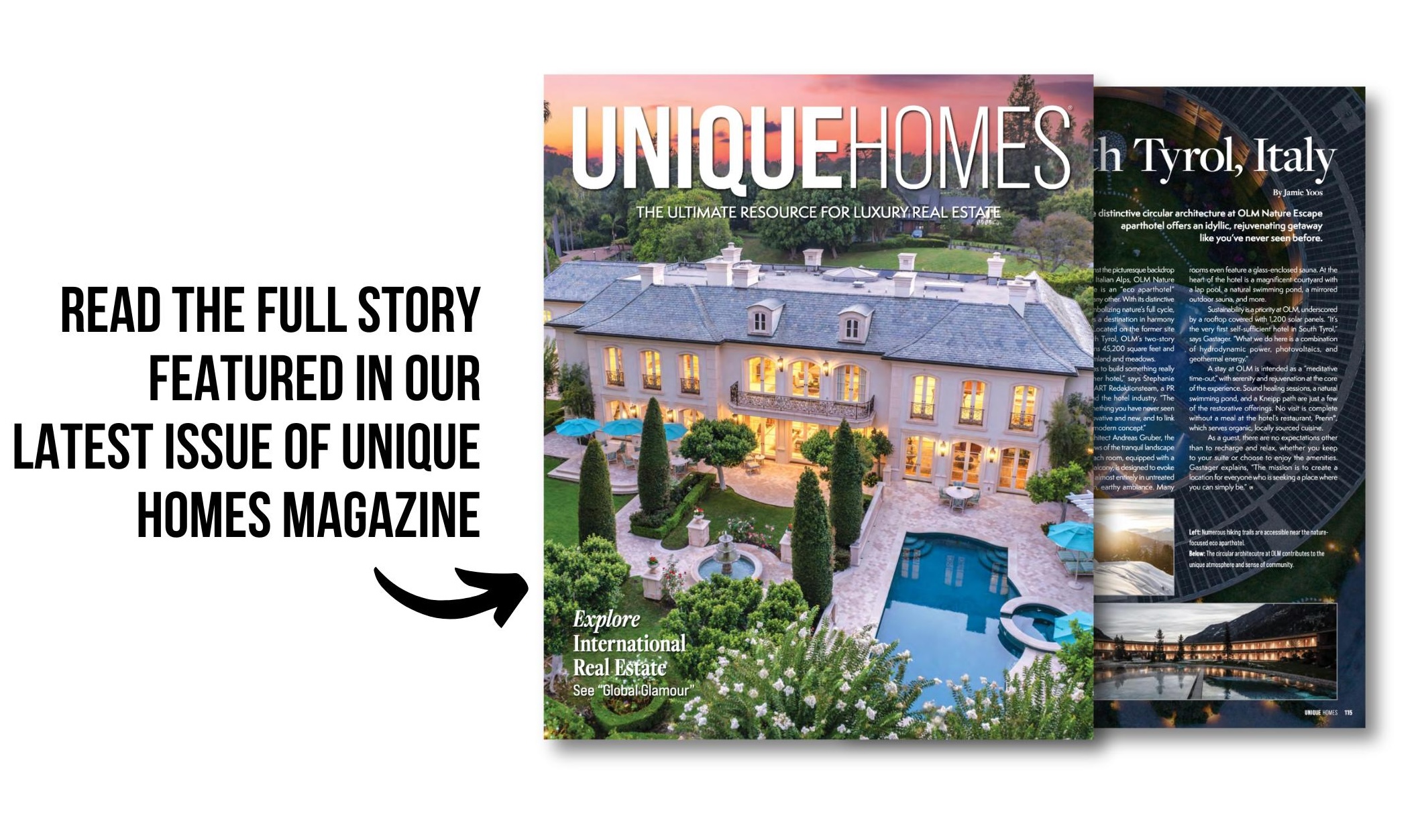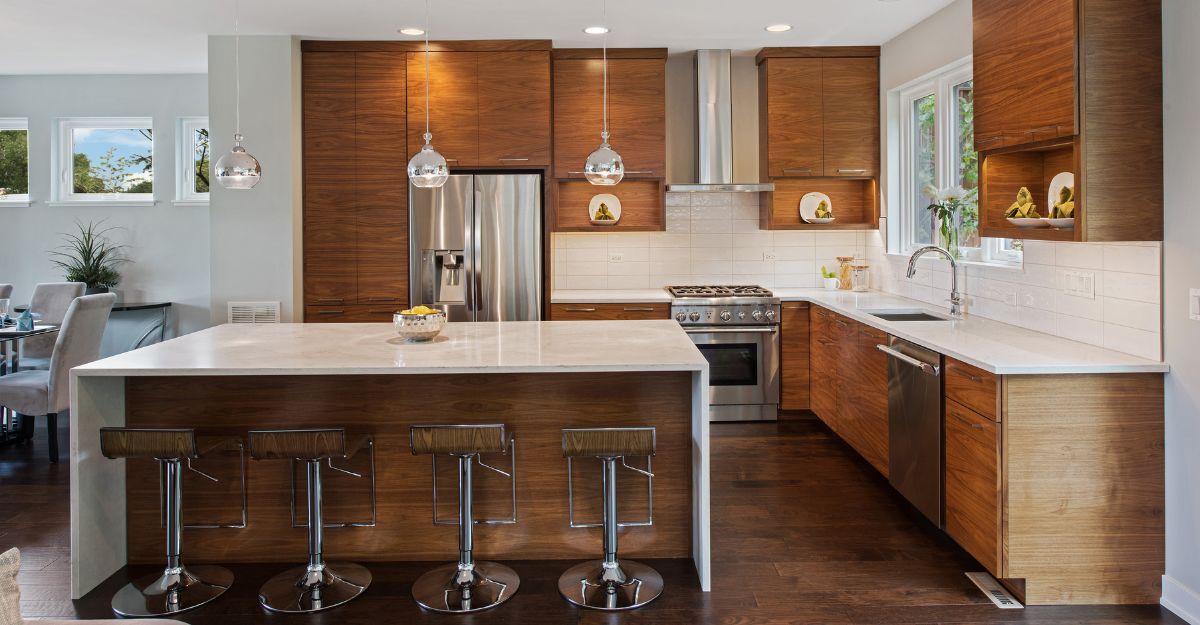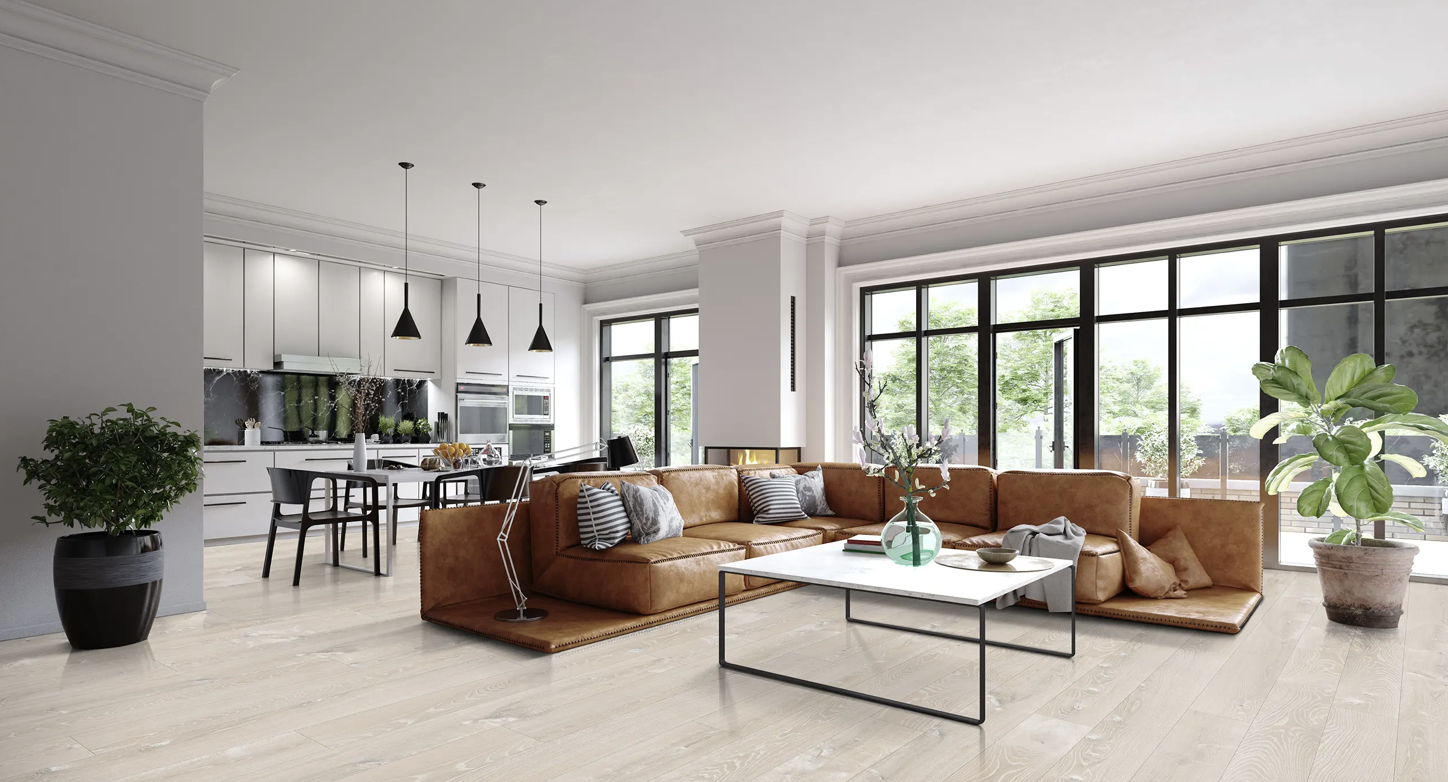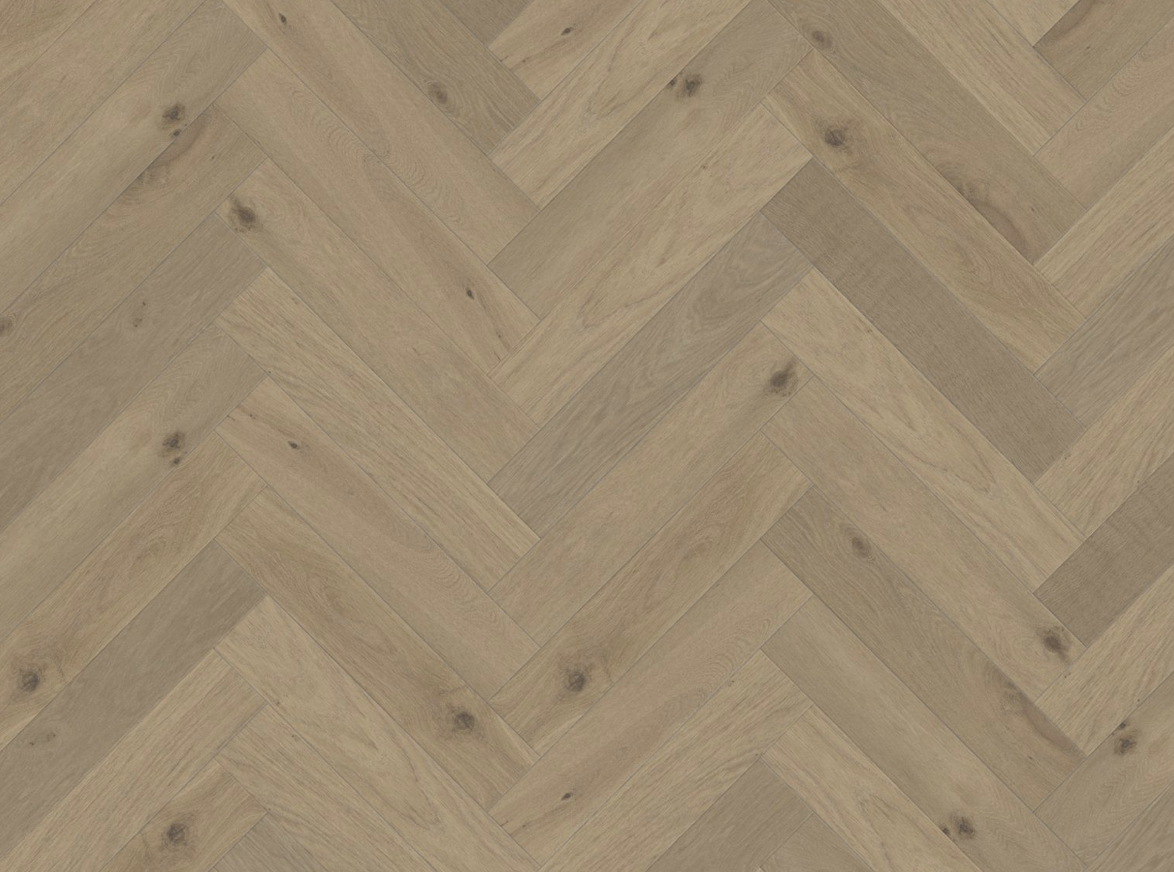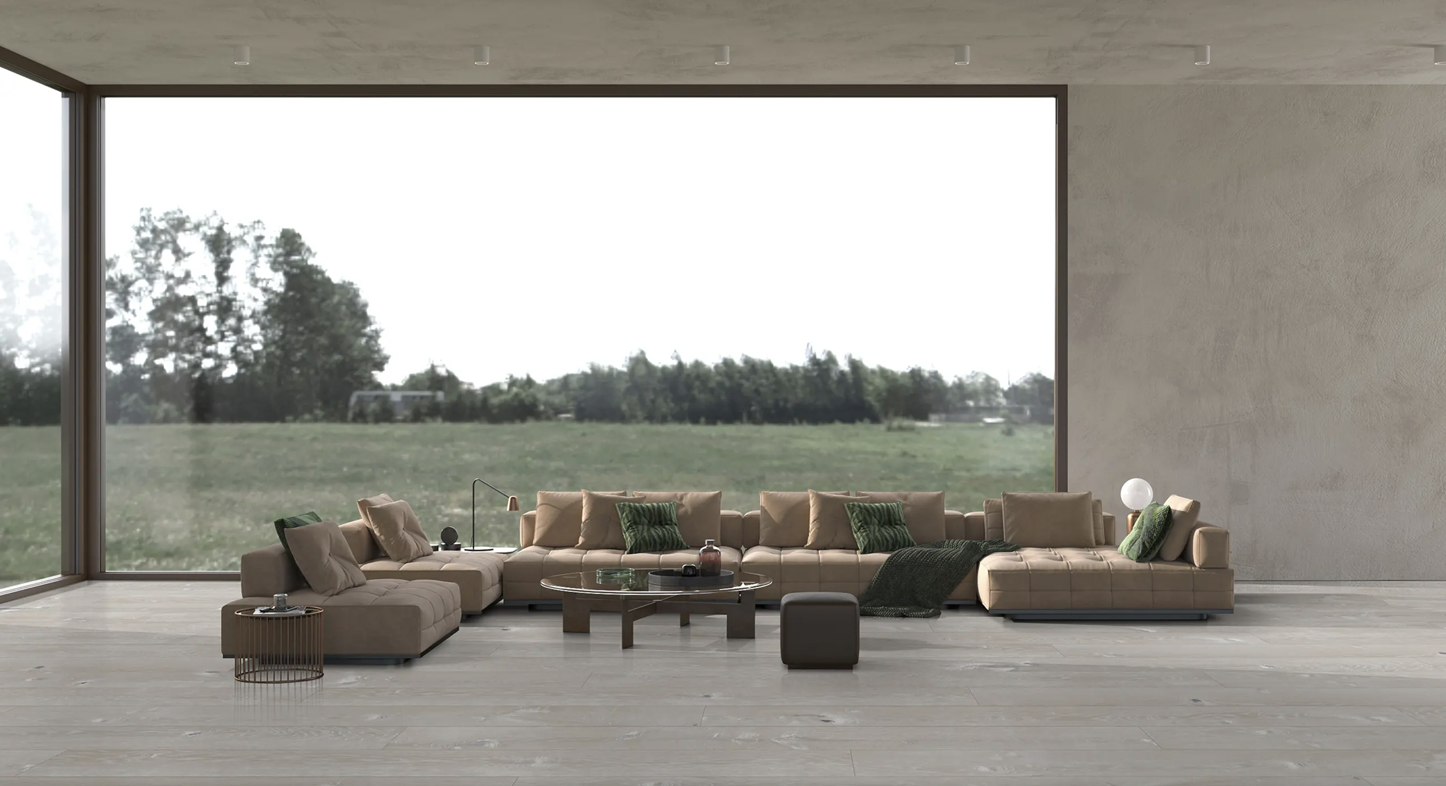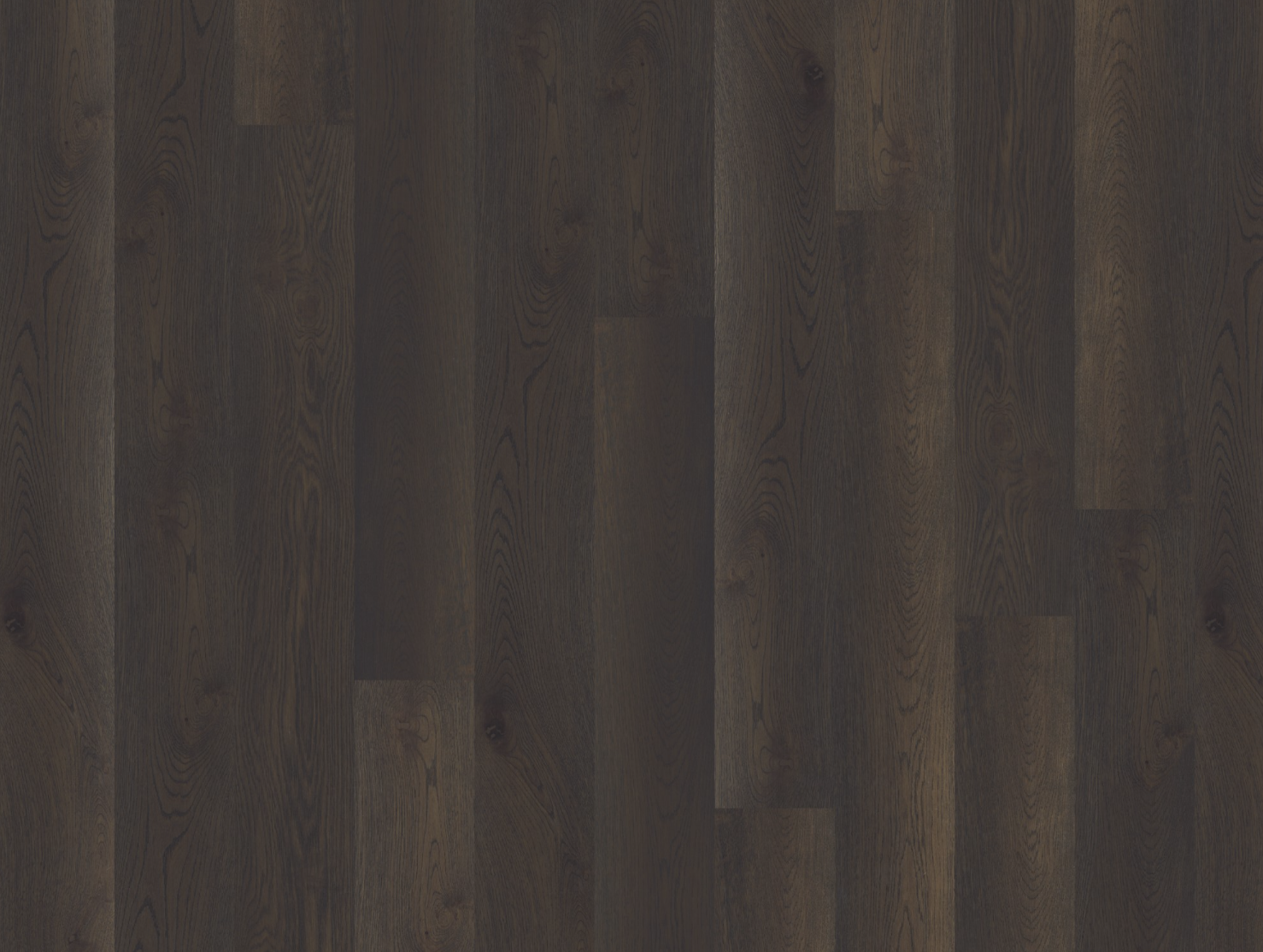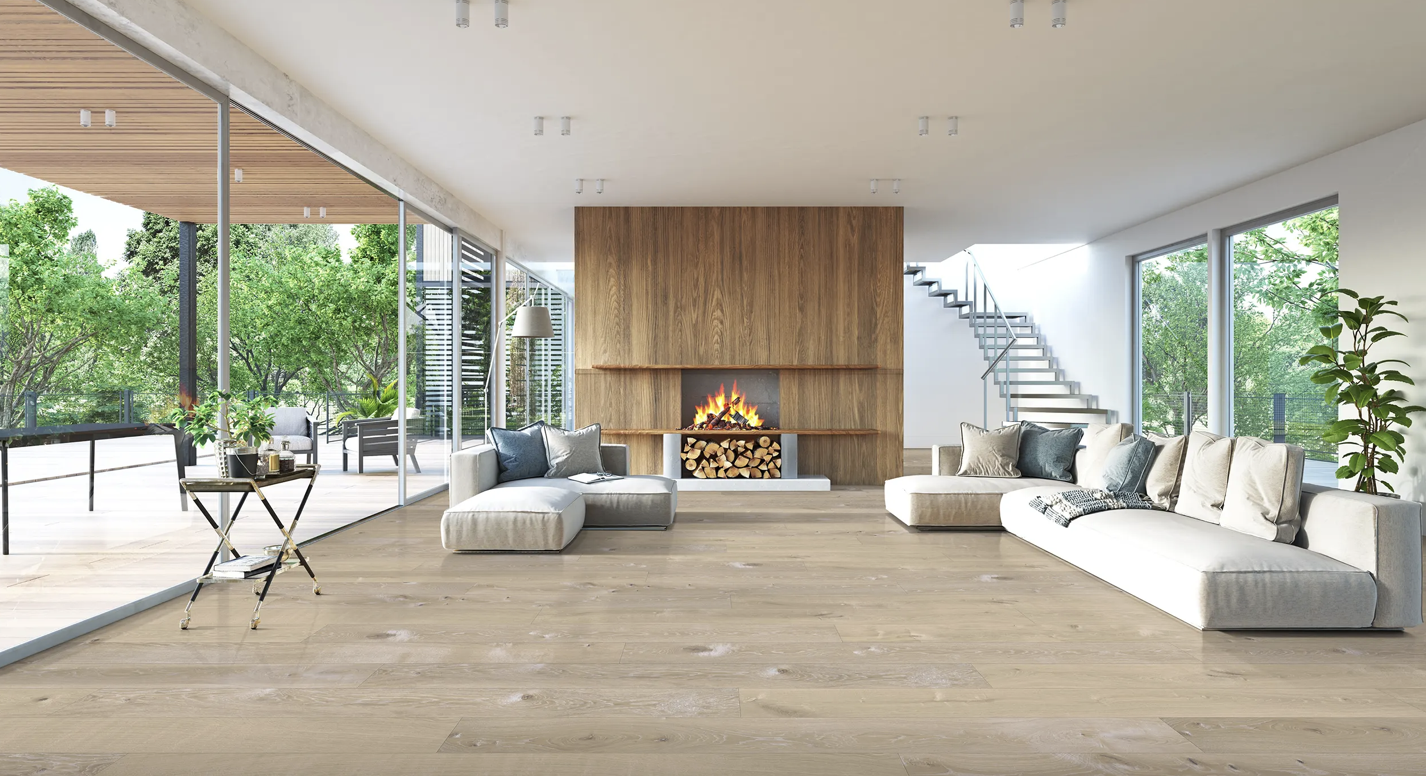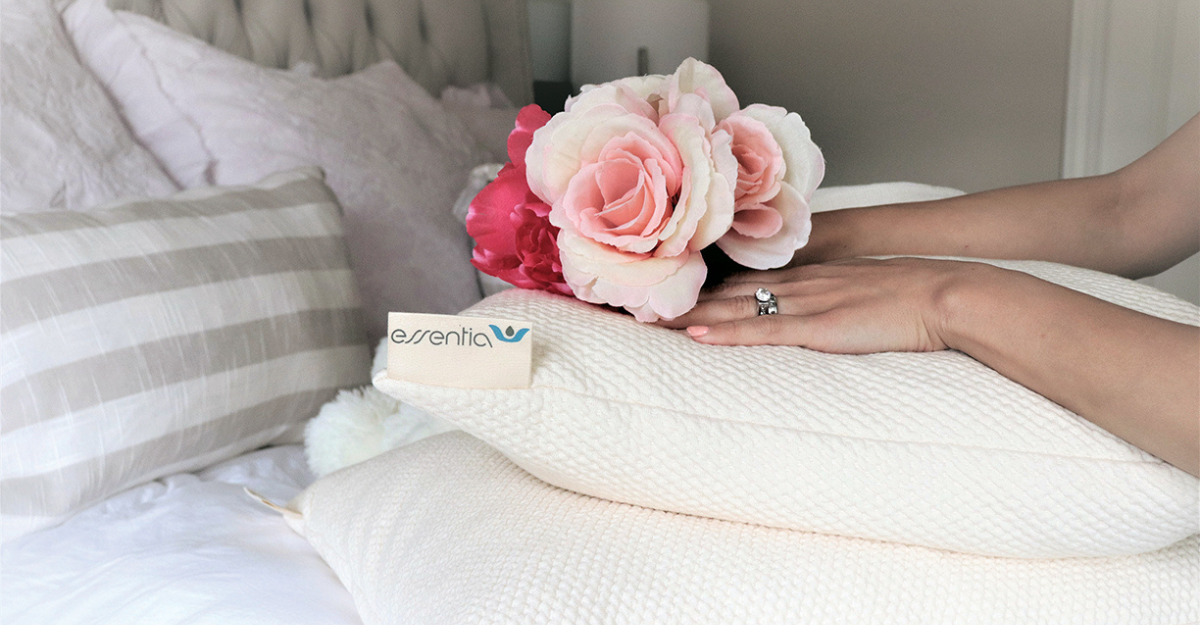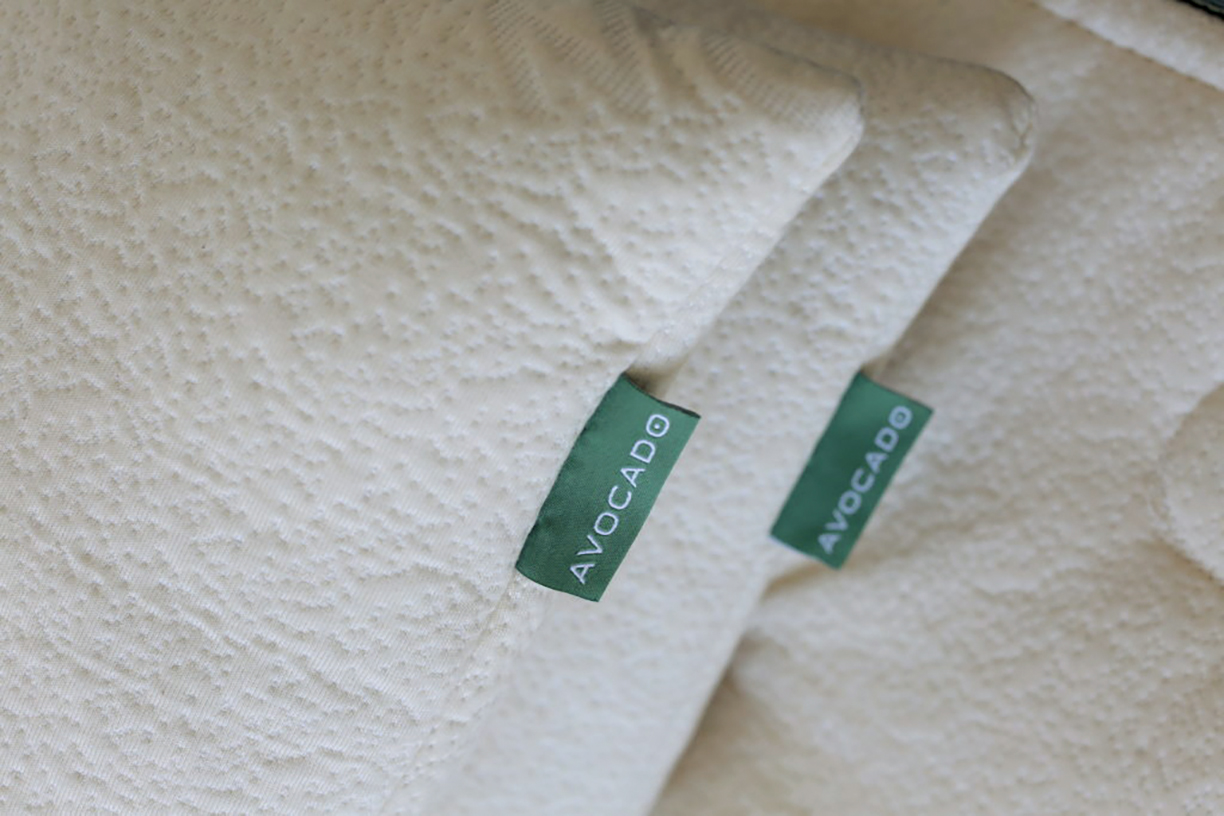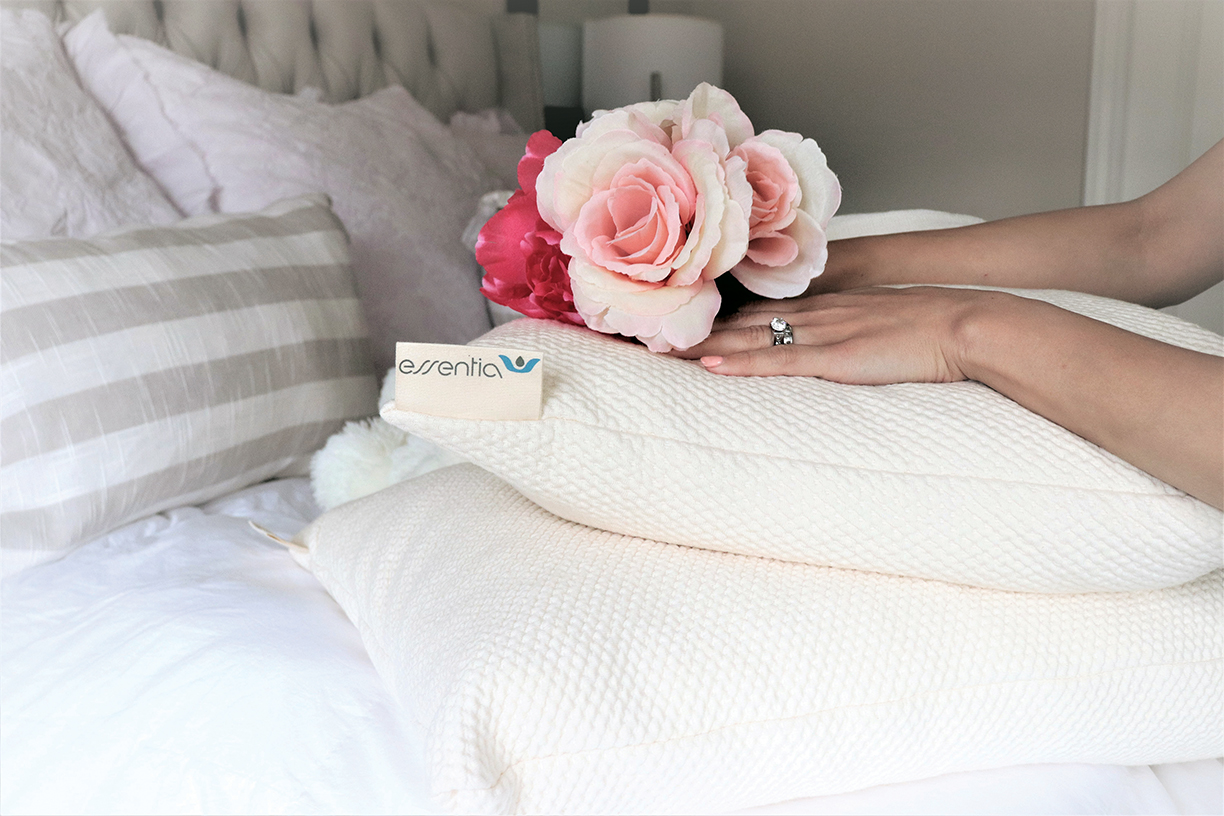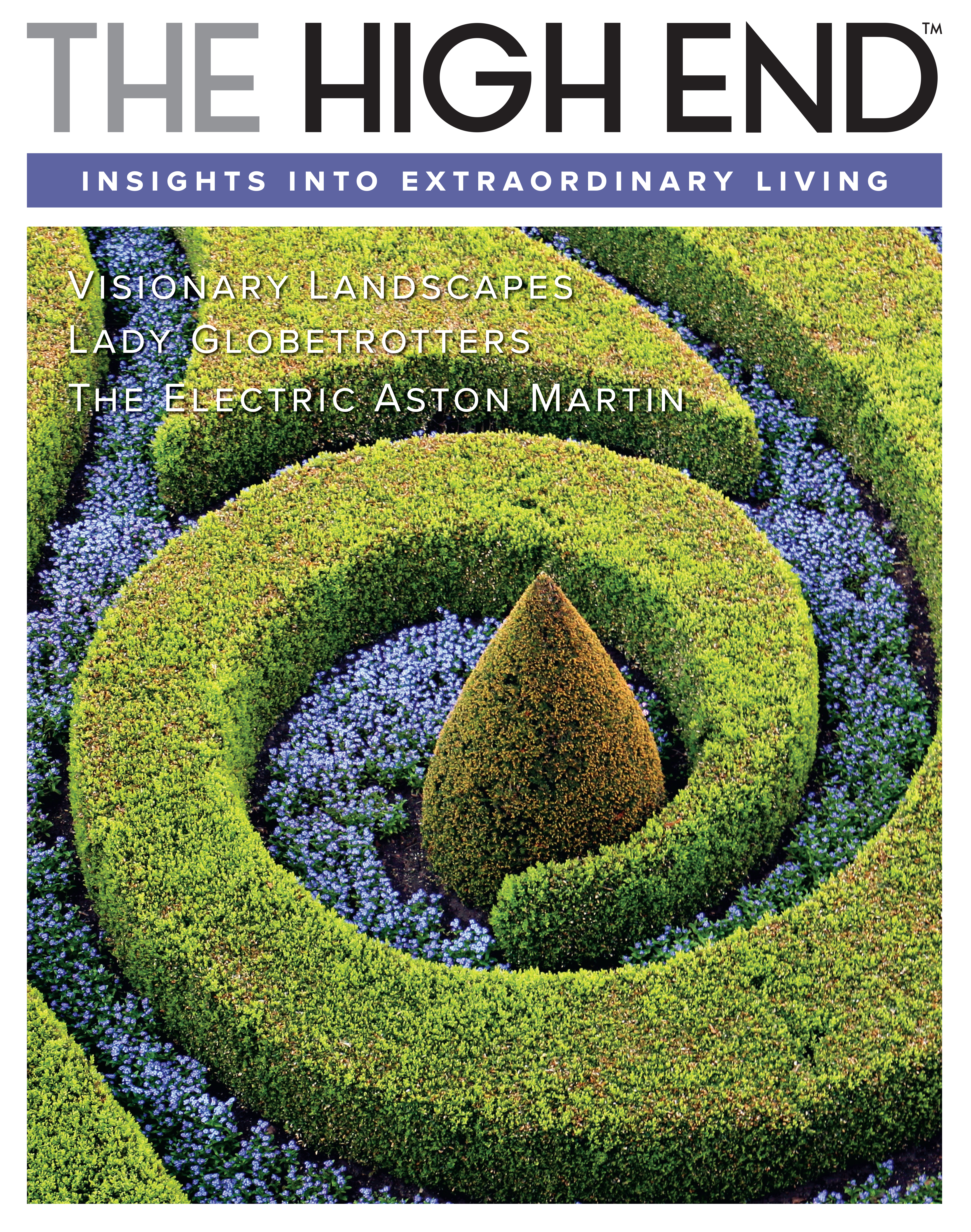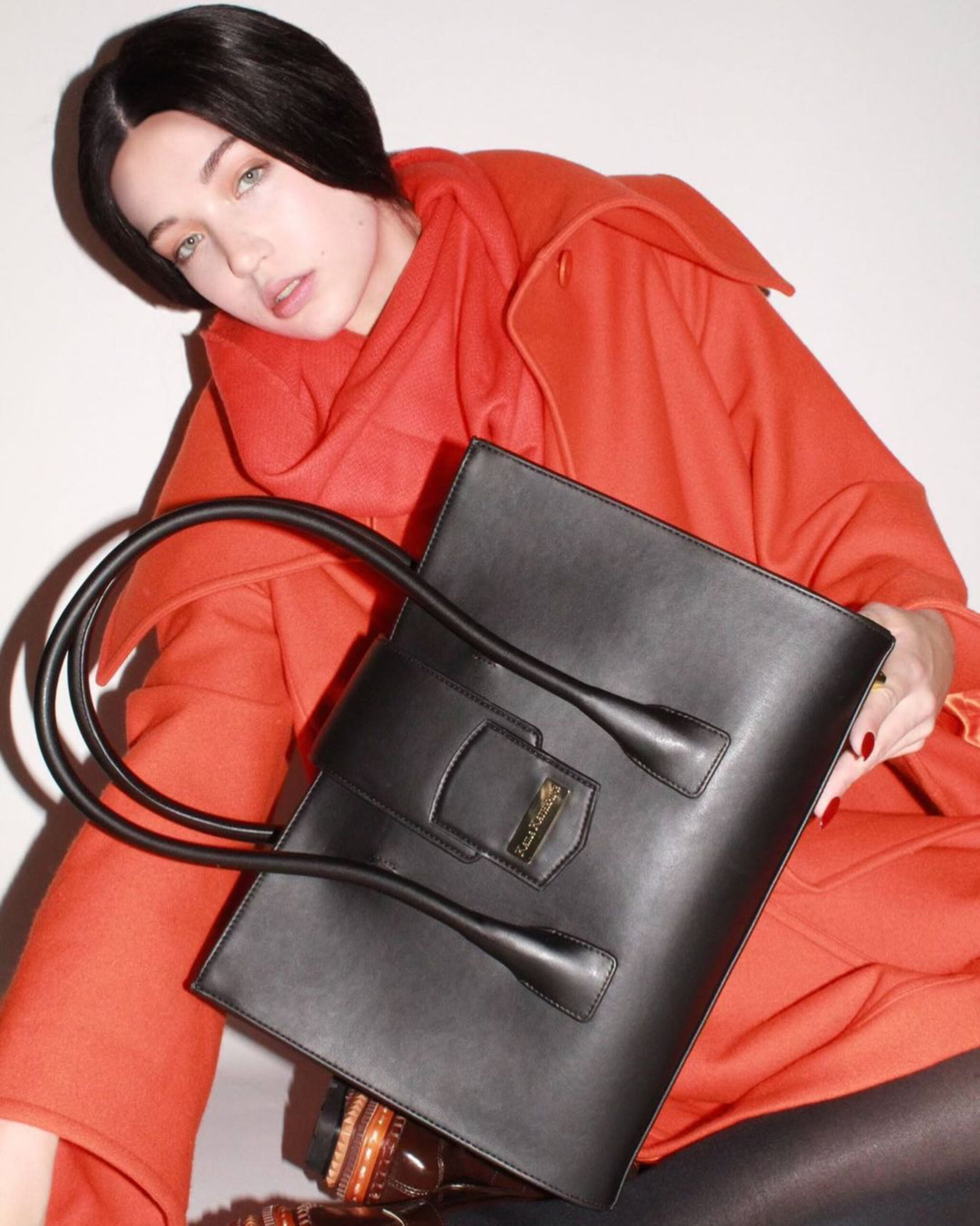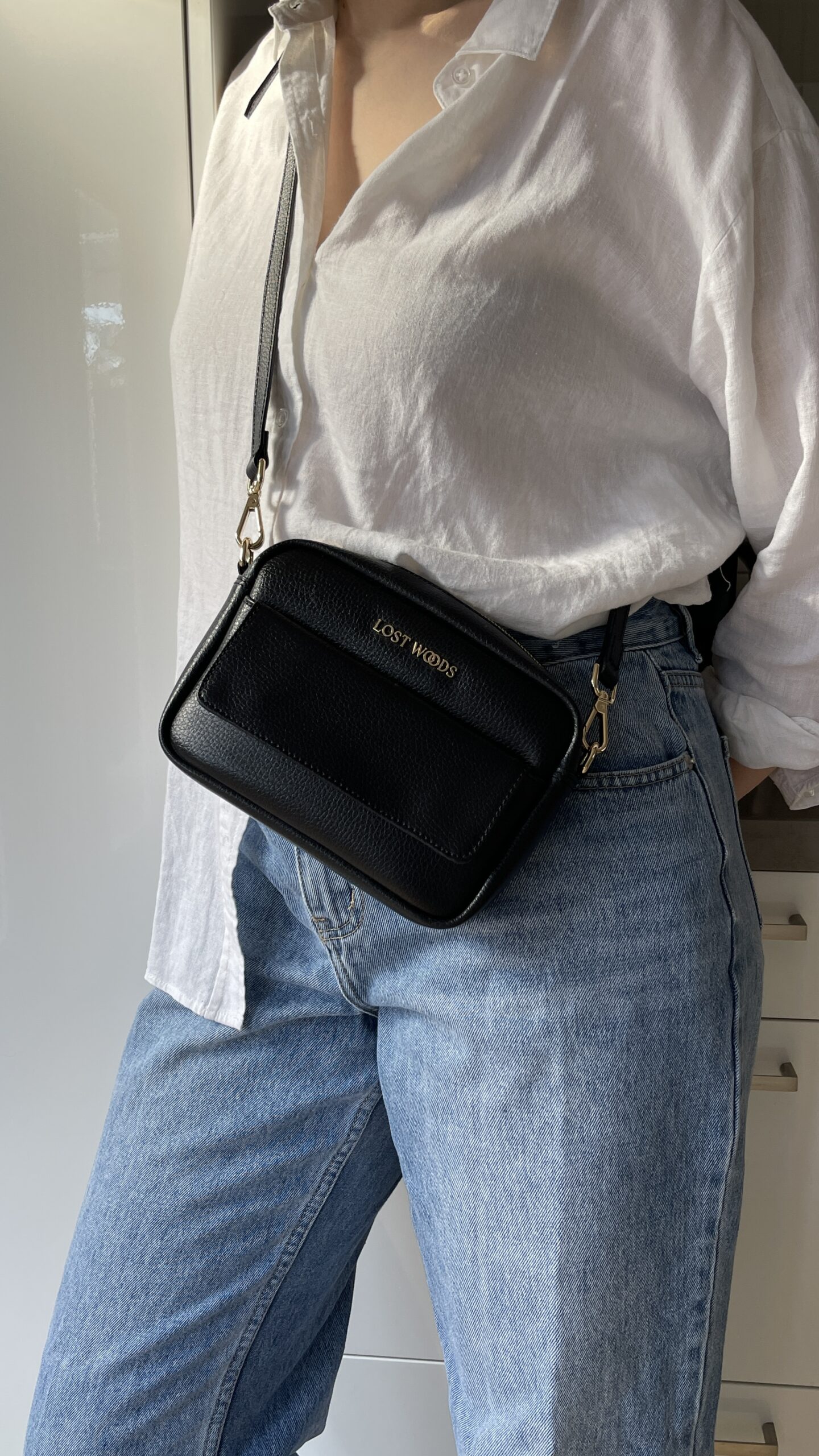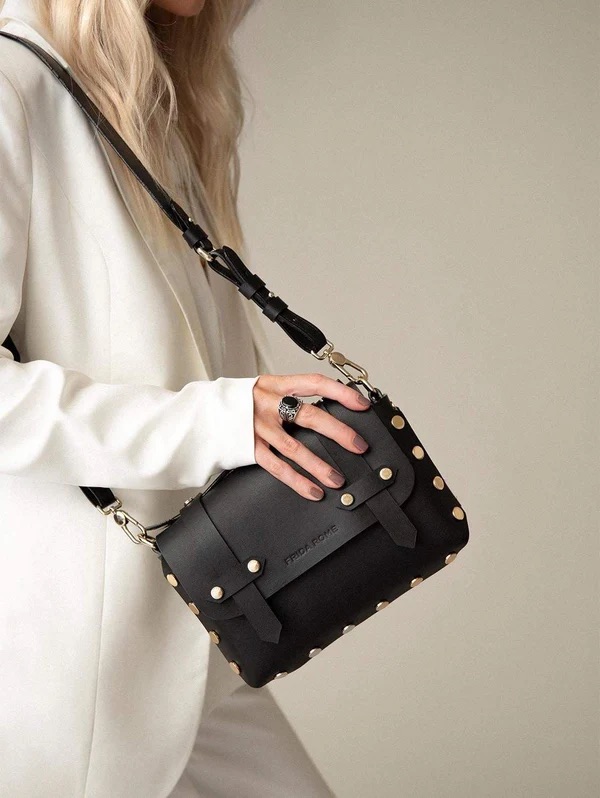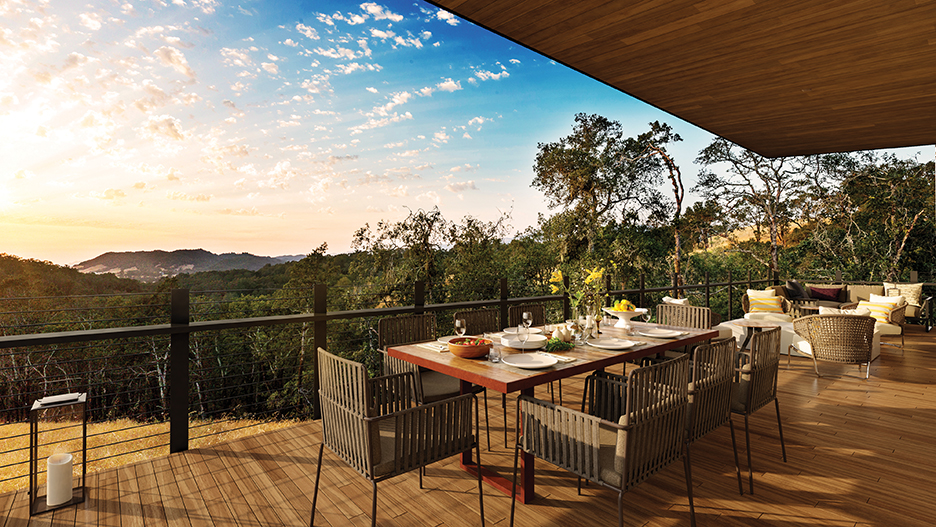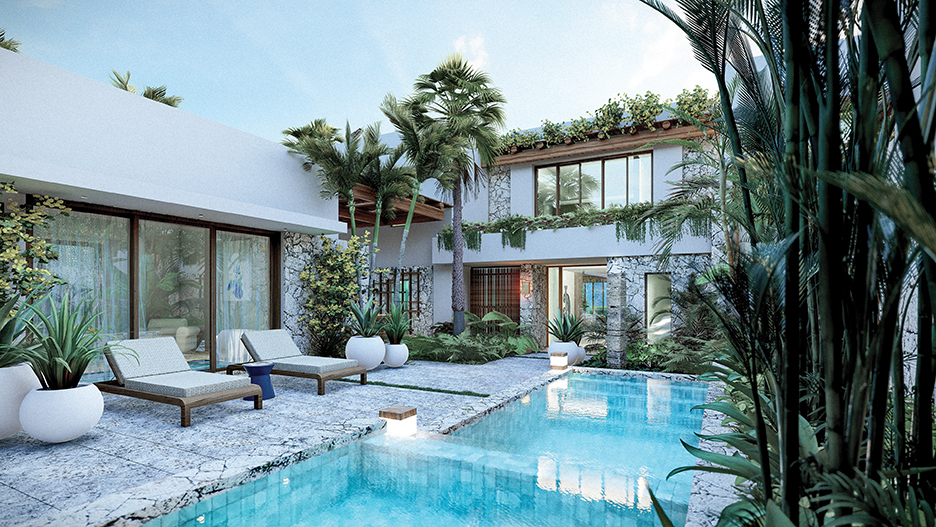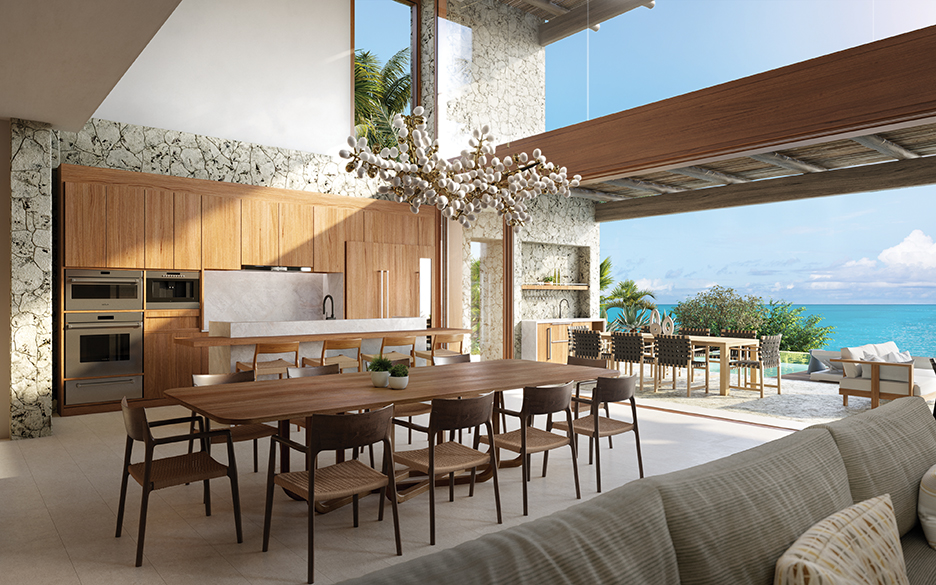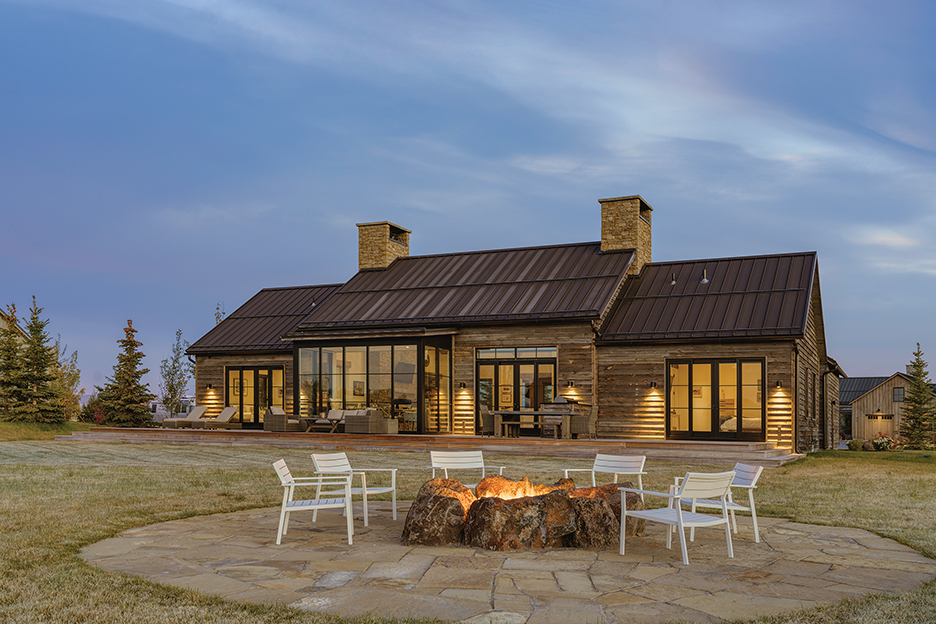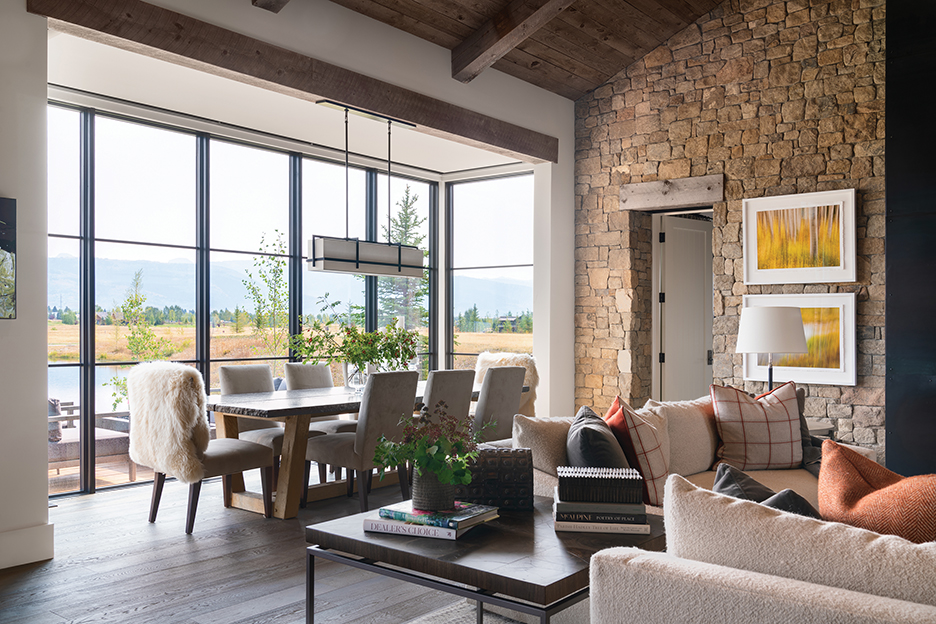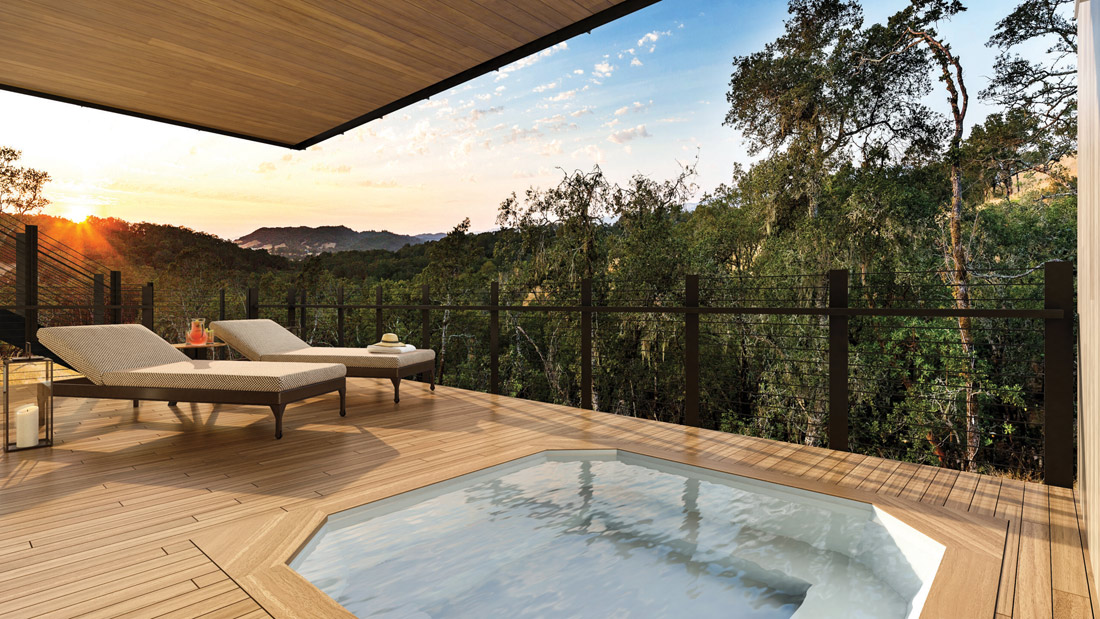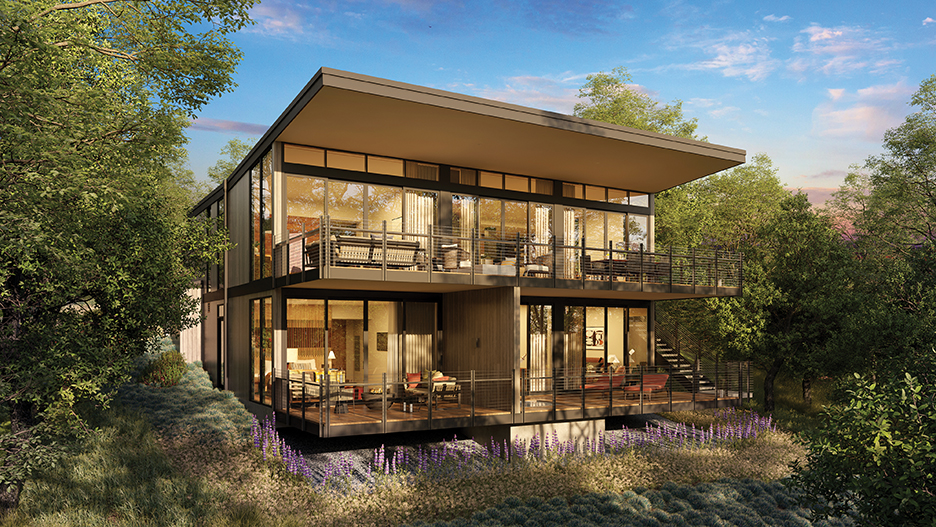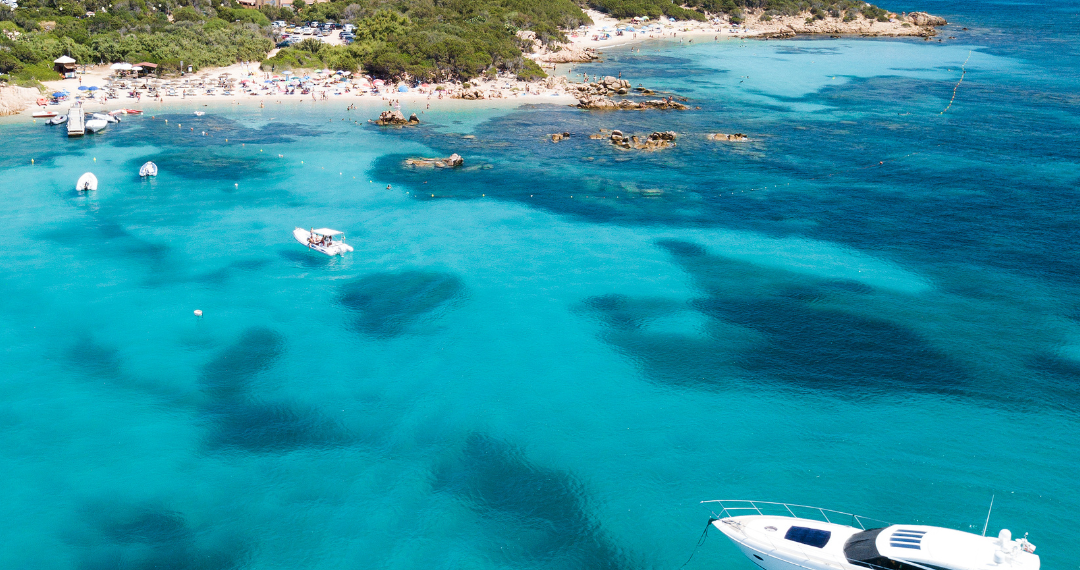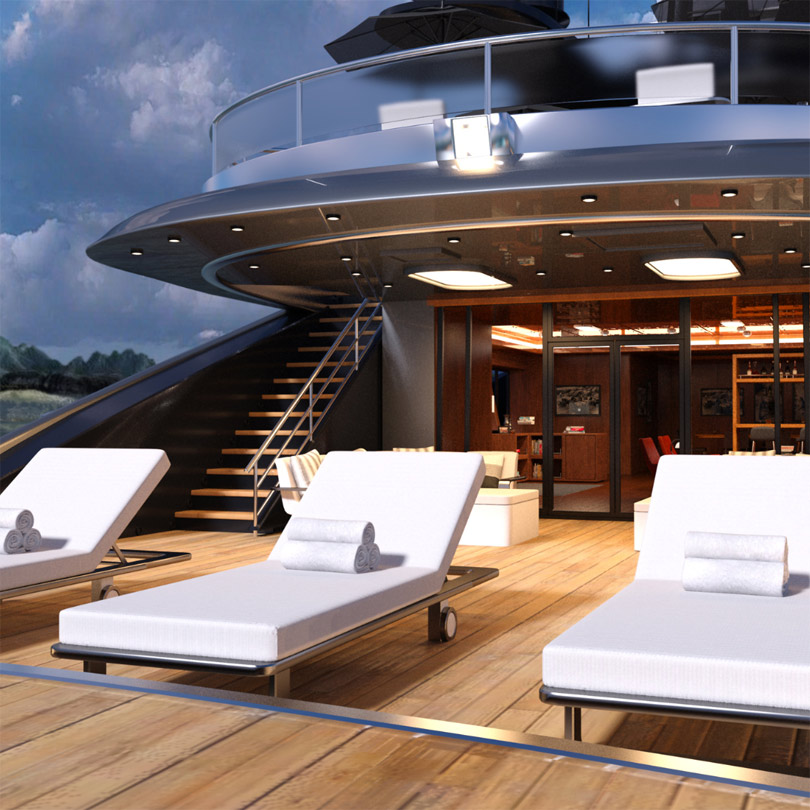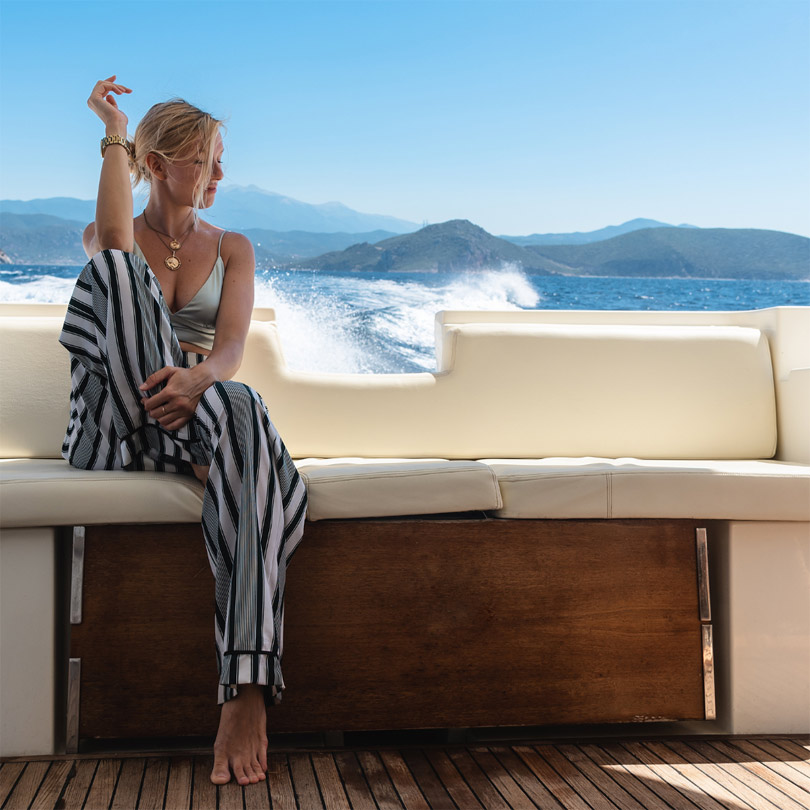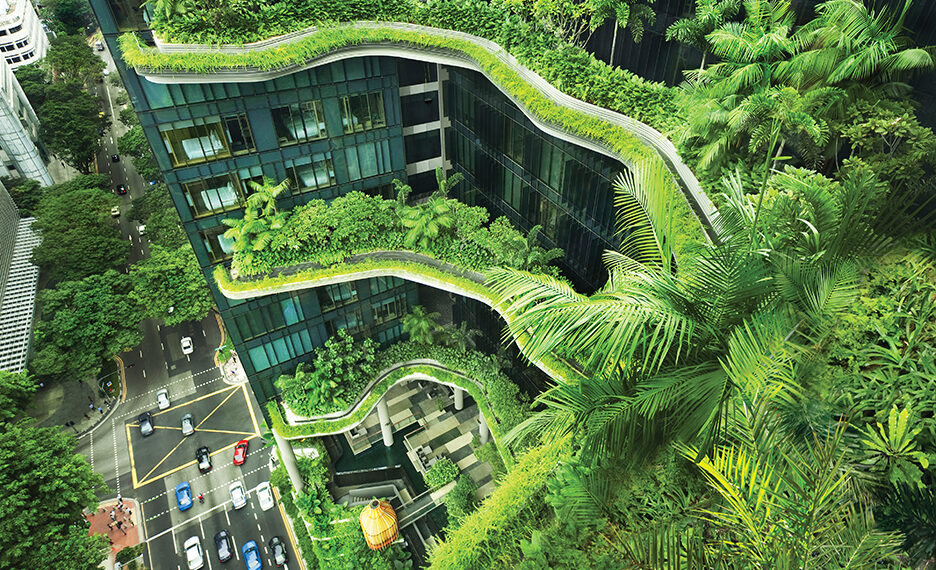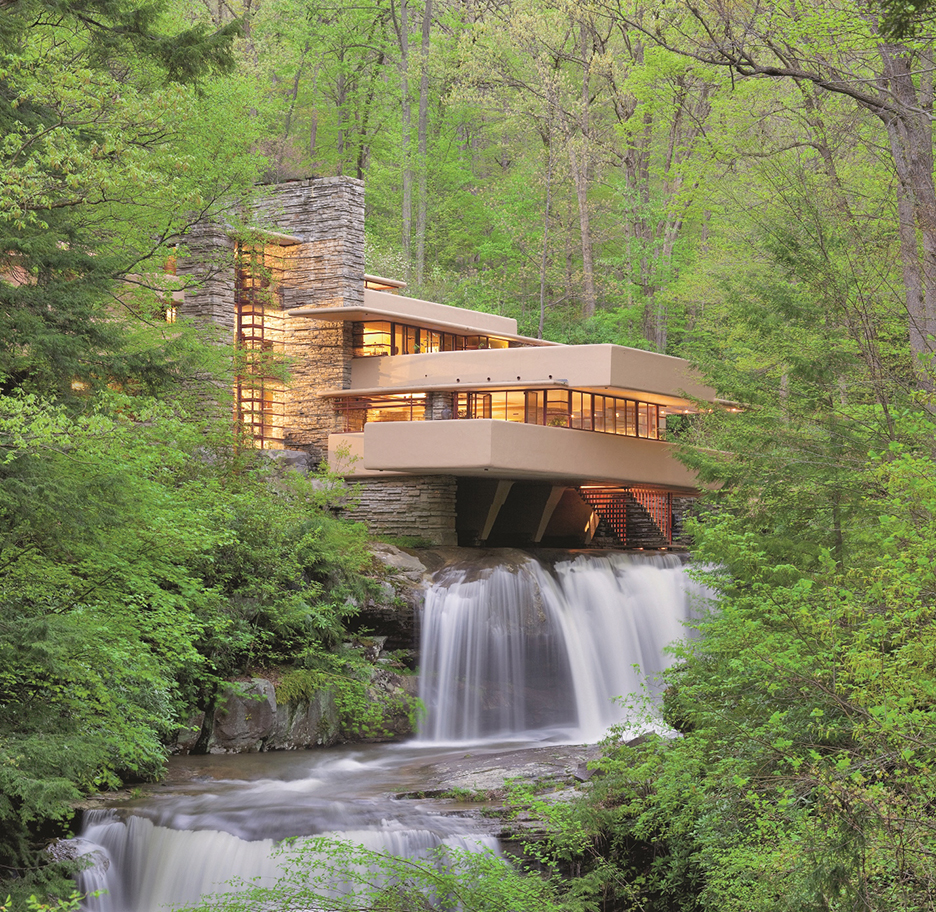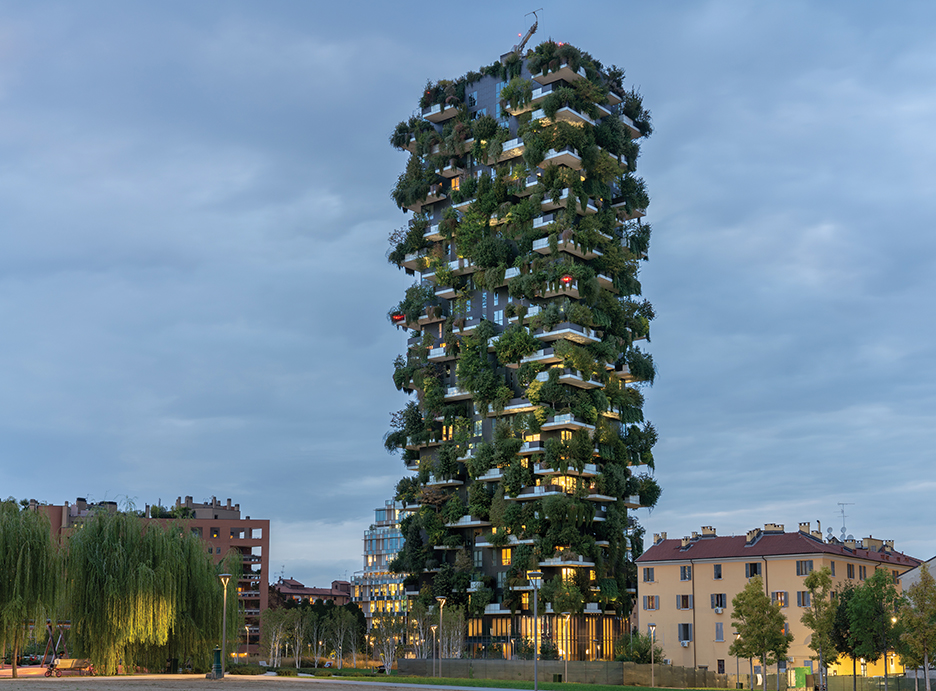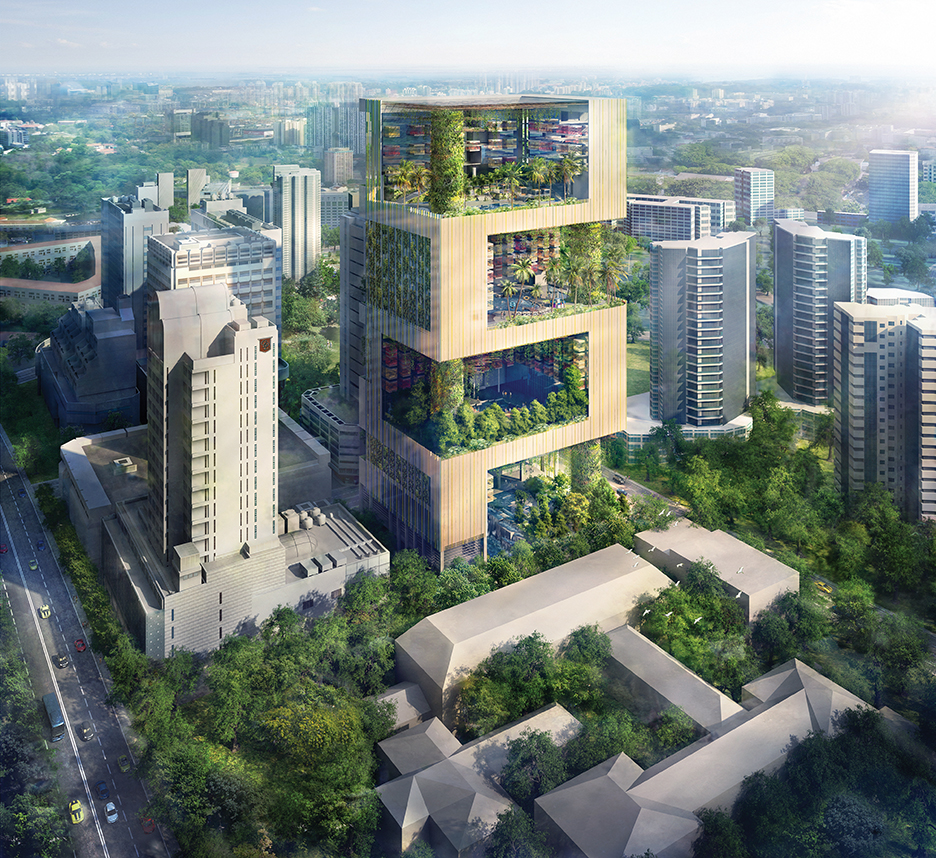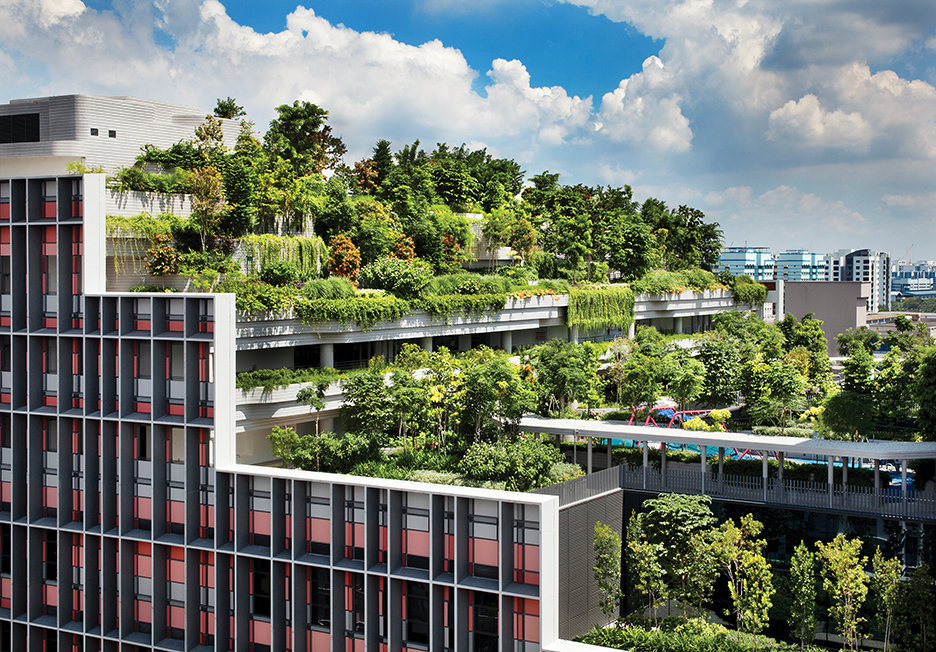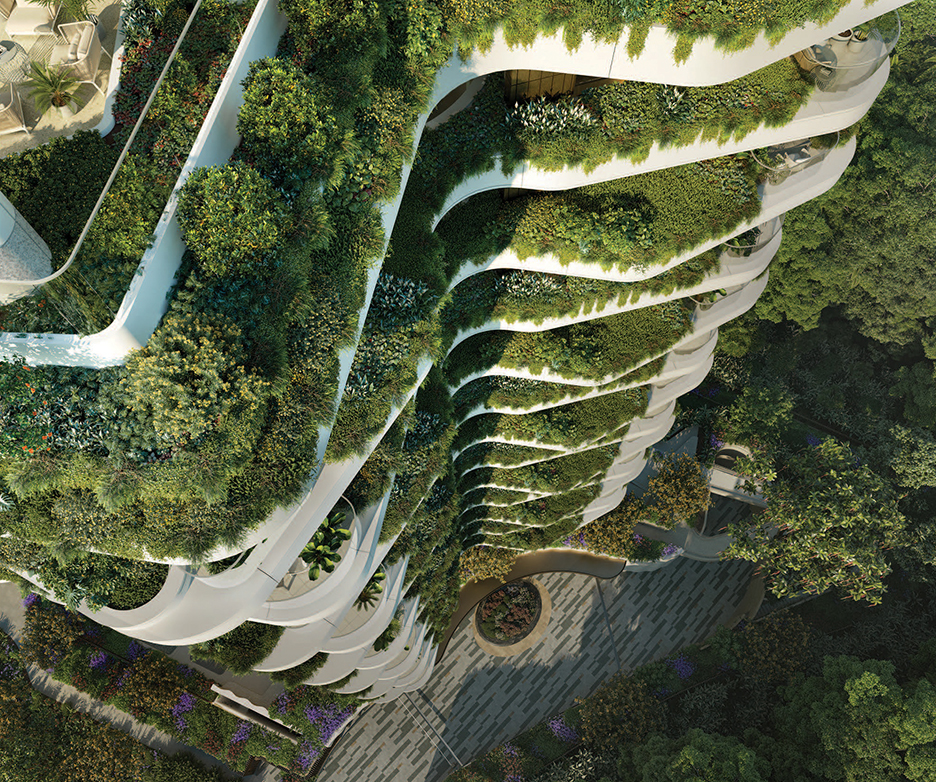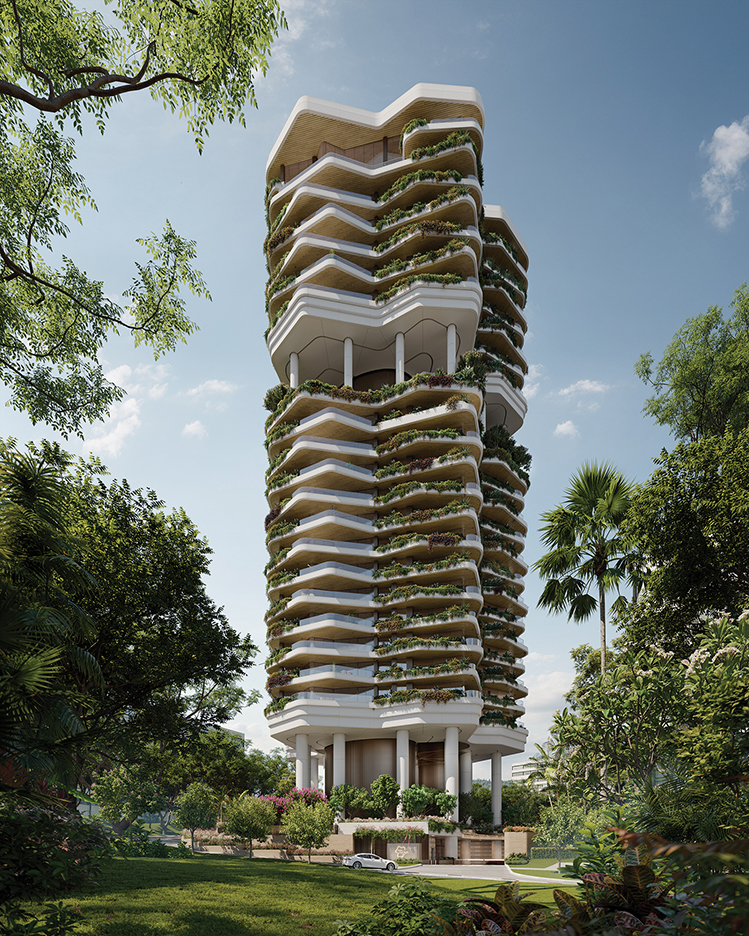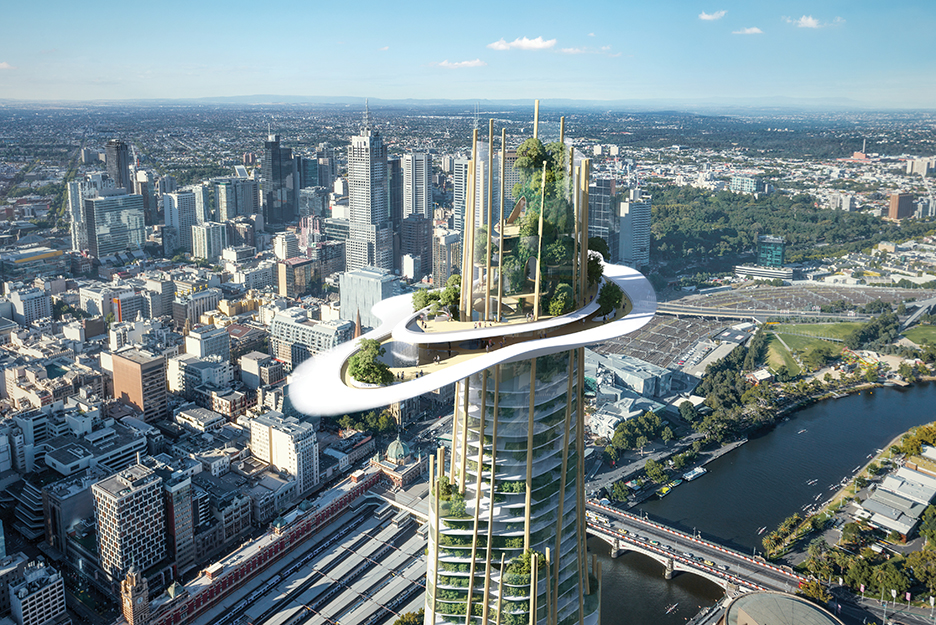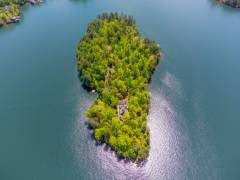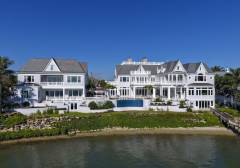Discover a Rejuvenating Getaway at OLM Nature Escape
Photo by Hannes Niederkofler
You’ve likely never experienced circular architecture like this! The distinctive design is also set against the picturesque backdrop of the Italian Alps. These components make for a truly unforgettable stay. In addition, the ring-shaped design symbolizes nature’s full cycle. This makes the hotel stand out as a destination in full harmony with its surroundings.
Experience Stunning Views From Every Angle
This eco-hotel was designed by architect Andreas Gruber. It boasts stunning views of the tranquil landscape at almost every turn. In addition, each room is equipped with a kitchen and a patio or balcony. Overall, the hotel was designed to evoke the feel of a cabin, clad almost entirely in untreated larch wood for a warm, earthy ambiance.
“The first idea was to build something really special, not just another hotel,” says Stephanie Gastager, the manager at ART Redaktionsteam. “The vision was to create something you have never seen before, something innovative and new, and to link the rural region with a modern concept.”

Photo by Hannes Niederkofler

Photo by Oliver Weberberger / mrmrsporter.com
Markedly, OLM’s two-story concrete structure spans 45,200 square feet and is bordered by lush farmland and meadows. Sustainability is a priority at OLM, underscored by a rooftop covered with 1,200 solar panels. “It’s the very first self-sufficient hotel in South Tyrol,” says Gastager. Impressively, at the heart of the hotel is a magnificent courtyard with a lap pool, a natural swimming pond, a mirrored outdoor sauna, and more.
A serene experience everyone can enjoy
Overall, a visit to OLM is intended to serve as a “meditative time-out,” with serenity and rejuvenation at the core of the experience. Just a few of the restorative offerings include sound healing sessions, a natural swimming pond, and a Kneipp path.
There are no expectations for guests other than to recharge and relax. This applies whether you keep to your suite or choose to enjoy the amenities.





